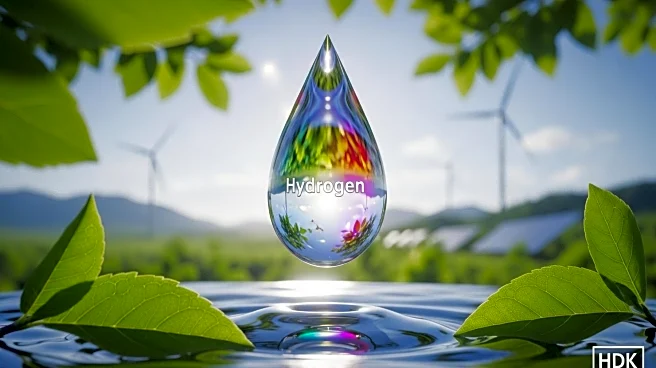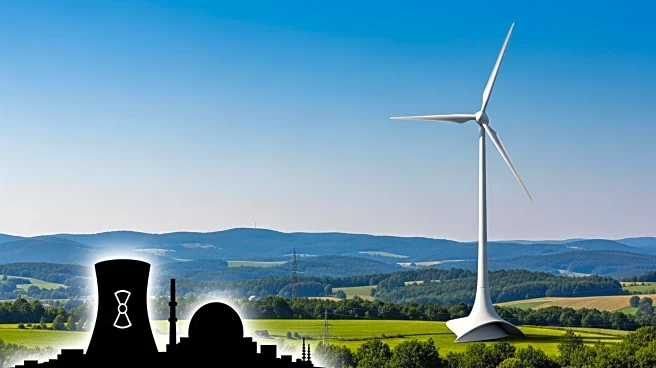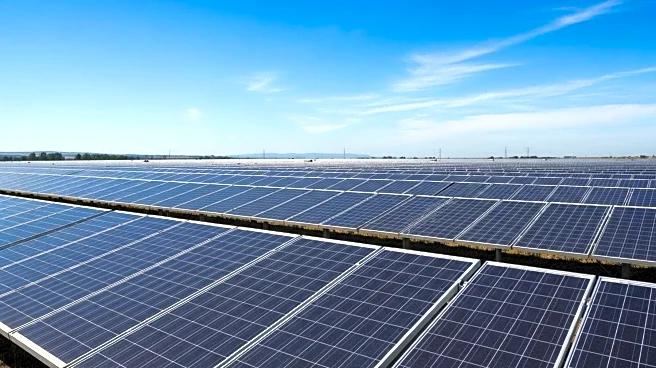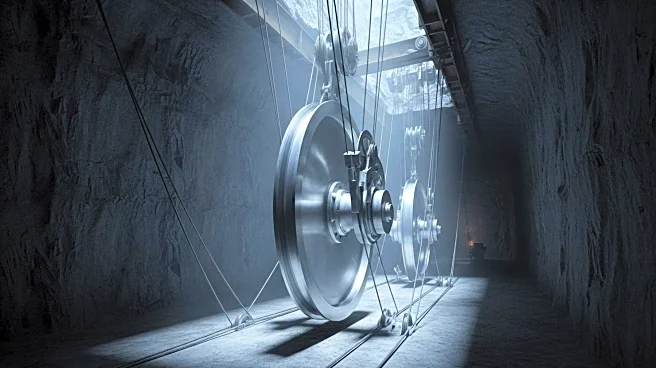What's Happening?
Researchers have discovered vast reserves of natural hydrogen beneath the Earth's crust, potentially offering a clean energy source that could power the planet for 170,000 years. The study, conducted by teams from the University of Oxford, Durham University, and the University of Toronto, highlights two primary mechanisms for hydrogen generation: water-rock reactions and radiolysis. These processes occur in various geological settings globally, suggesting universal accessibility to natural hydrogen, which could revolutionize sustainable energy production.
Why It's Important?
The discovery of natural hydrogen reserves presents a significant opportunity to shift towards cleaner energy sources, reducing reliance on fossil fuels and carbon emissions. Natural hydrogen offers environmental benefits comparable to or better than green hydrogen derived from renewable electricity. Its potential affordability and low carbon footprint make it a competitive alternative for industries and transport sectors that are challenging to decarbonize with electricity alone. This breakthrough could play a crucial role in the global energy transition.
Beyond the Headlines
Despite its promise, extracting natural hydrogen poses challenges due to geological factors and the non-renewable nature of these reserves on human timescales. High-purity hydrogen accumulations are rare, and extraction technologies need refinement to overcome these hurdles. The economic and environmental benefits, however, make natural hydrogen a compelling resource for future clean energy systems.










